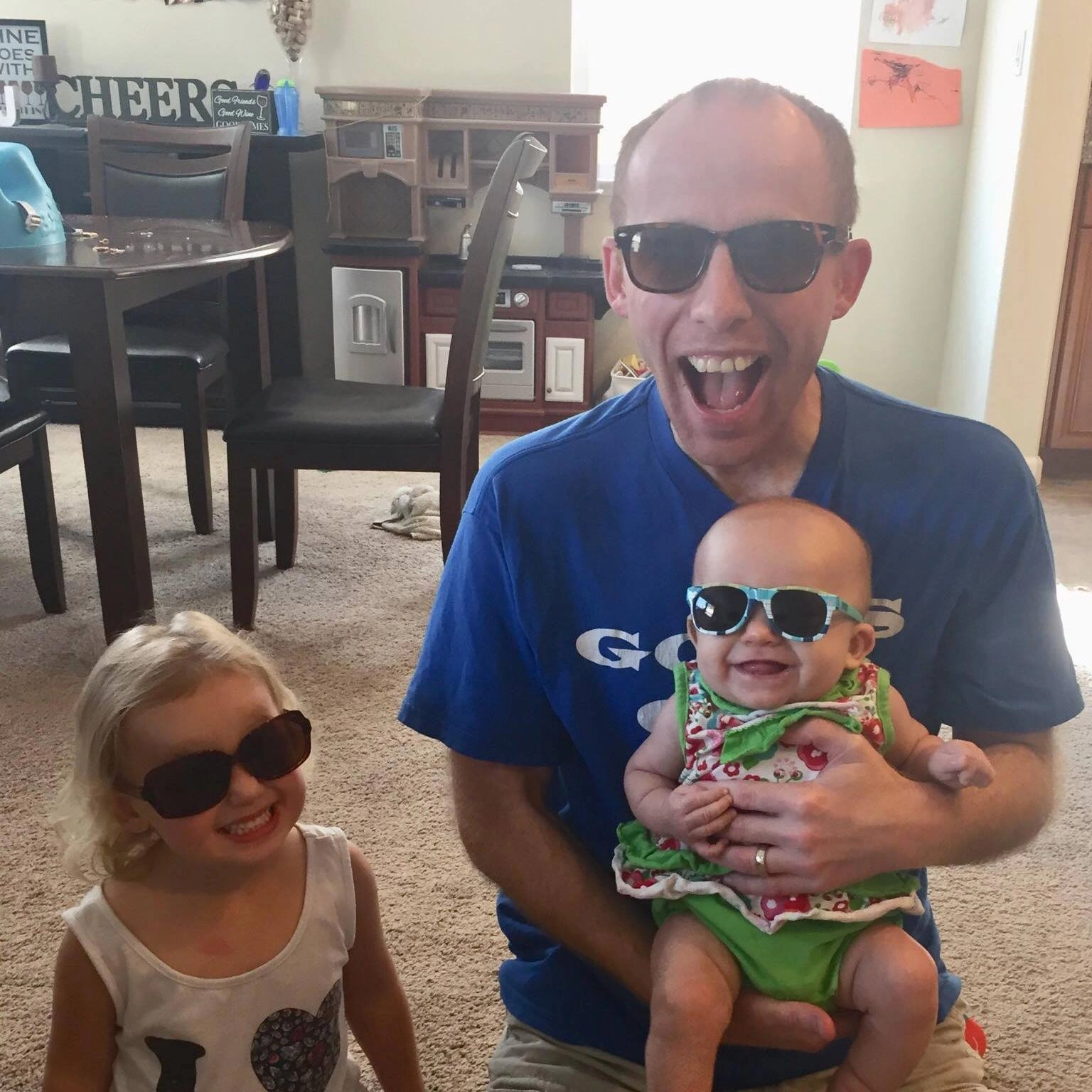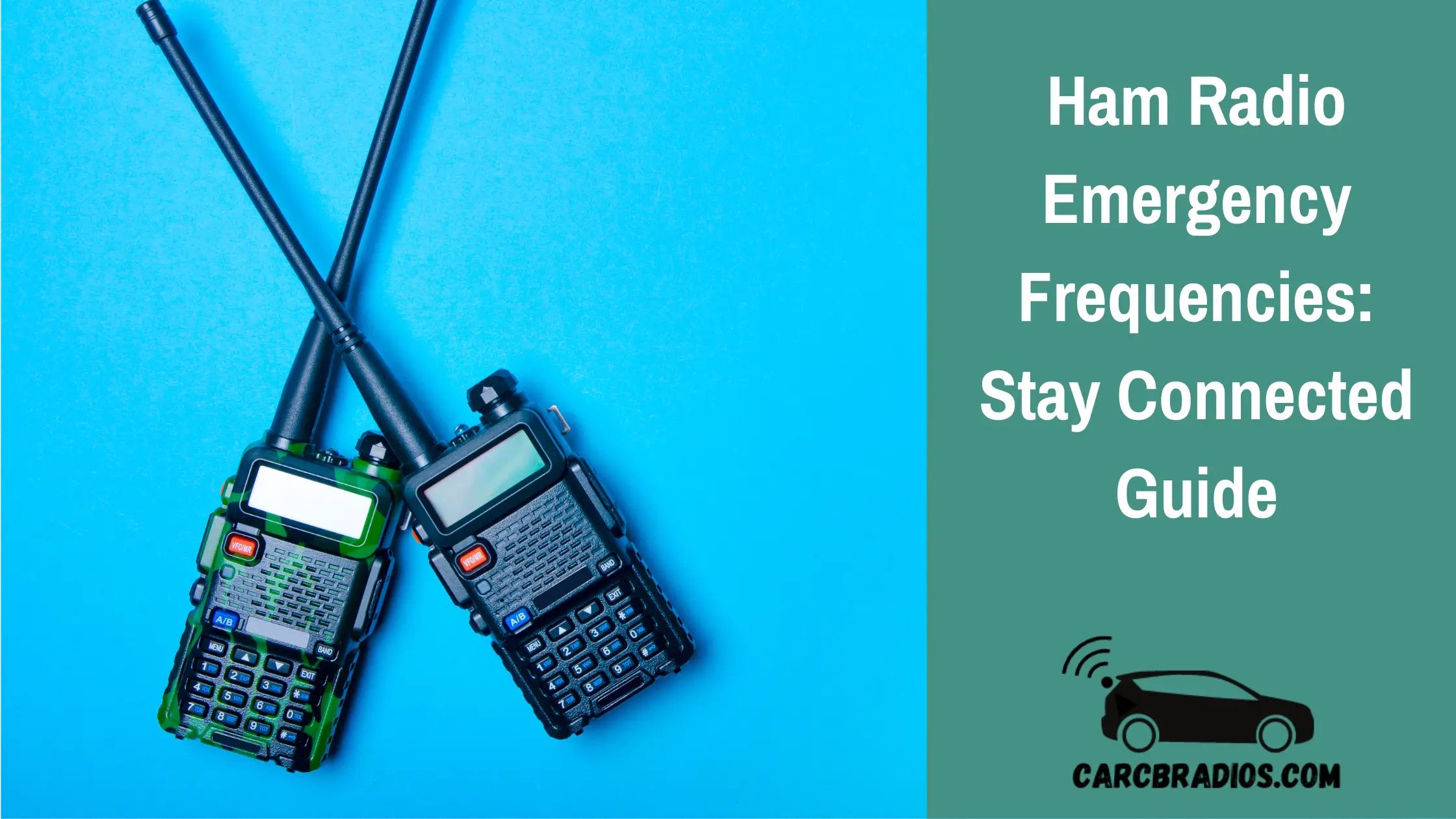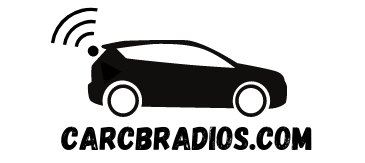By: Jeremy Neisser
As someone who values emergency preparedness, I understand the importance of reliable communication during times of crisis. One tool that has gained popularity among preppers and emergency responders alike is the ham radio. However, it's important to note that using these radios requires an amateur radio license and knowledge of regional frequencies.
Ham radios offer a range of benefits during emergencies, from their ability to operate independently of cell towers and internet infrastructure to their ability to transmit messages over long distances. But what makes ham radios particularly useful is their ability to operate on high frequencies, which can penetrate obstacles like buildings and trees. In this article, we'll explore the advantages of ham radios during emergencies and compare them to other communication options like CB radios and GMRS/FRS.
Key Takeaways
Amateur radio licenses are required to transmit on emergency frequencies.
Ham radios offer reliable communication during emergencies and can operate on high frequencies.
CB radios and GMRS/FRS are alternative communication options but may have limitations in emergency situations.
Ham Radios & Emergency Communication
As an amateur radio operator, I understand the importance of ham radios in emergency communication. They offer several advantages over other communication methods, making them an ideal choice in critical situations.
To use a ham radio, you must obtain a license and call sign. I recommend joining a local amateur radio club to refine your skills and practice. It's also essential to study emergency communication protocols to be better prepared for any situation. If you're traveling, familiarize yourself with the local repeater directory to know where you can communicate with other operators.
Although ham radios are often associated with natural disasters and end-of-world events, they can be useful in everyday situations too. For instance, if you're hiking and lose your cell phone, you can use a ham radio to communicate with your family and let them know you're okay. Similarly, if your car battery dies and you're out of cell range, a ham radio can help you communicate and get help.
In situations where you need to stay off the grid, ham radios can be programmed to pick up radio stations and weather updates. You can also communicate when necessary without revealing your location.
Overall, ham radios are a reliable and efficient way to communicate in emergencies, and I highly recommend obtaining a license and learning how to use them properly.
Ham Radio Benefits During Emergencies
Versatility
During an emergency, communication is crucial. Ham radios are versatile devices that allow operators to access a wide range of frequencies, enabling them to transmit messages all over the world. Unlike cell towers or phone lines, ham radios do not rely on infrastructure that may be down or overused during an emergency. They can support various modes of communication, including voice, text, and even digital data. Some radios can even send and receive email over radio waves.
Well Supported
The ham radio community is vast and well-established, with experienced operators who are trained in emergency communication. These operators practice and train for emergency situations and have the skills necessary to provide emergency services.
Solar and Battery Operation
Ham radios can be powered by batteries or solar power, which allows them to operate even when the electrical grid is down. This feature makes them an excellent option for emergency communication.
Regulation and Organization
Amateur radio is regulated and organized, with operators required to pass an exam to be licensed. This means that there are established procedures for emergency communication. In chaotic situations, licensure and regulations ensure that amateur radio operators communicate effectively during the chaos.
Global Reach
In extreme situations, such as natural disasters that impact an entire region, ham radio operators can reach out to others around the world to share information and request assistance. This global reach can be invaluable during an emergency.
Disaster Support
Ham radio operators often volunteer their skills to support disaster response efforts by government agencies, non-profit organizations, and emergency response teams. They often form a “net” on a popular repeater where a moderator will continuously repeat weather updates or other helpful information about the situation. They also allow for call-ins, so anyone who needs assistance can request help.
In conclusion, ham radio is a reliable means of emergency communication that continues to be a valuable resource in disaster preparedness and response. Its versatility, well-established community, solar and battery operation, regulation and organization, global reach, and disaster support make it an excellent option for emergency communication.
Ham Radios & High Frequencies
HF (High Frequency) Radios
When disaster strikes, communication is key. That's where HF (high frequency) radios come in handy. These radios are capable of communicating over long ranges, even across countries and continents. However, upgrading your operator license to a General level is necessary to use the HF frequencies. Additionally, investing in new equipment such as a base station, tuner, and backup power solutions like batteries, generators, or solar power is crucial.
UHF/VHF
In emergency situations, UHF (ultra-high frequency) and VHF (very high frequency) radios are also viable options. UHF radios work well both indoors and outdoors, penetrating through concrete and steel. VHF radios, on the other hand, are meant for outdoor use and do not penetrate buildings as well. They are commonly used by boaters.
While UHF/VHF radios may not transmit as far as HF radios, they are capable of handling higher amounts of data and providing clearer communication.
What About CB Radios and GMRS/FRS?
CB radios are popular among truckers for short-distance communications. They are not meant for emergency communication due to their short-range, low-power, and limited number of bands. However, an SSB CB radio can transmit out ~20 miles, but it requires communicating with another SSB CB to be effective. CB radios do not require any kind of license and are only lightly monitored by the FCC.
GMRS and FRS radios are also common types of radios. The GMRS and FRS frequency range is 462 MHz to 467 MHz, and it’s divided into channels. GMRS radios require a license to use, while FRS radios do not. These devices are primarily used for short-range communication, so their use in emergencies is more limited than 10-meter radios.
In summary, CB radios, GMRS, and FRS radios are useful for short-distance communication but have limitations in emergency situations due to their limited range and power. Ham radios remain the most reliable option for emergency communication as they can work without relying on any existing infrastructure, making them ideal in disasters like earthquakes or hurricanes. The community of ham radio operators, trained through licensing processes, are often the first to provide critical communication during emergencies. Despite being seen as old-fashioned, the value of ham radios remains high. They are not just a link to our past but a vital tool for handling future challenges.
Frequently Asked Questions
What are the most common ham radio frequencies used in emergency situations?
In emergency situations, the most commonly used ham radio frequencies are the HF (High Frequency) bands, which include 3.5 MHz, 7 MHz, and 14 MHz. These frequencies are useful for long-range communication and can bounce off the ionosphere to reach other parts of the world.
What is the difference between VHF and UHF emergency frequencies?
VHF (Very High Frequency) and UHF (Ultra High Frequency) are two types of frequencies used in emergency situations. VHF frequencies are used for short-range communication and are best suited for line-of-sight communication. UHF frequencies, on the other hand, are better suited for communication in urban areas and can penetrate buildings and other obstacles.
How can I find emergency radio frequencies in my area?
To find emergency radio frequencies in your area, you can check with local emergency management agencies or search online for frequency lists. You can also use a scanner to search for frequencies in your area.
What are the best practices for using a ham radio in an emergency?
When using a ham radio in an emergency, it is important to follow best practices to ensure effective communication. These include keeping transmissions short and to the point, using clear and concise language, and avoiding unnecessary chatter. It is also important to listen carefully to other users and follow proper protocol.
What are the most important emergency radio channels to monitor?
The most important emergency radio channels to monitor depend on your location and the type of emergency. However, some common channels to monitor include the National Weather Service, local emergency management agencies, and amateur radio emergency service (ARES) frequencies.
What are the recommended emergency radio frequencies for aviation?
For aviation emergencies, the recommended frequencies are 121.5 MHz and 243.0 MHz. These frequencies are monitored by air traffic control and can be used to communicate distress signals. It is important to note that 121.5 MHz is no longer the primary frequency for aviation emergencies and has been replaced by 406 MHz.

Hi & Welcome!
My name is Jeremy and I have been an avid car nut for many year. My first car was an 1987 Honda CRX. I put in my first Kenwood stereo, amp, 2 10" JLs and a CB Radio in it and have been an avid user of CBs and car radios for years. I'll do my best to share my tips, information and thoughts to help you with whatever question you might have, ABOUT ME
After I graduated from High School, I worked 5 years are Radio Shack and 3 years at Circuit City answering questions and helping customers with various electronics questions.

